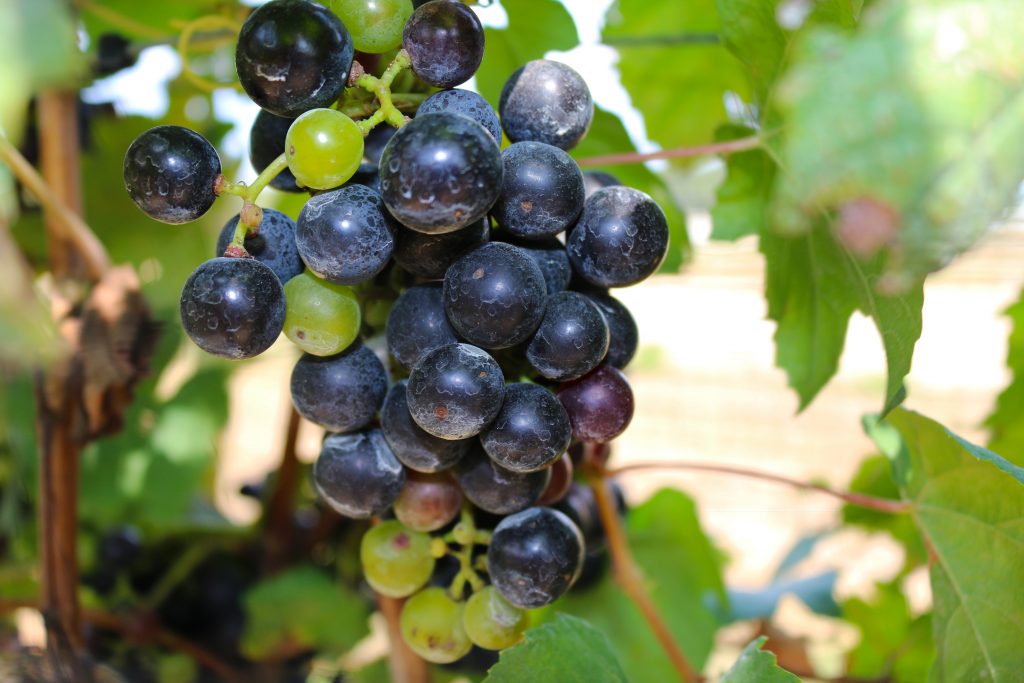
By Clint Thompson
The time is now for grape producers to tissue sample their crop, says Phil Brannen, University of Georgia Cooperative Extension fruit disease specialist. In doing so, growers can make any modifications to impact this year’s crop.
“If you go ahead and get the sample now, you can do something about it. You can actually impact this year’s crop,” Brannen said. “If you wait until the (veraison) which is when the grapes start turning color, which is the other time you can sample, that is much less meaningful for this year. It may indicate more with what you need to think about with fertilization for the following year. For right now, you can get information on what you put out in the way of micronutrients or macronutrients to impact this year’s crop.
“(Tissue sampling) gives you a really good idea about what’s going on, specifically in the tissues of the plant. It’s a better indicator than even a soil sample would be, of what you actually need. You still need to get soil samples. I’m not saying don’t get them. But the tissue samples are much more valuable to you.”
How To Sample
Brannen said the tissue samples can be taken from the petioles or the leaf itself. For wine grapes, vinefera grapes and hybrid grapes, take petiole samples. For muscadine producers, you need to sample from the leaves.
“Generally, you don’t want to take more than two per plant. You want to do it randomly throughout a vineyard. You’re really talking about a single block, so it would be one variety that you would sample,” Brannen said. “You can’t really go across different varieties and get a good understanding. Each sample has to be a variety within a specific area. That could be up to about 10 acres for a sample.”
Brannen estimates that a total of 50 to 75 petiole samples is needed.
Grapes will be harvested in early August through September.
To learn more about tissue sampling, see UGA Extension Viticulture Blog.









